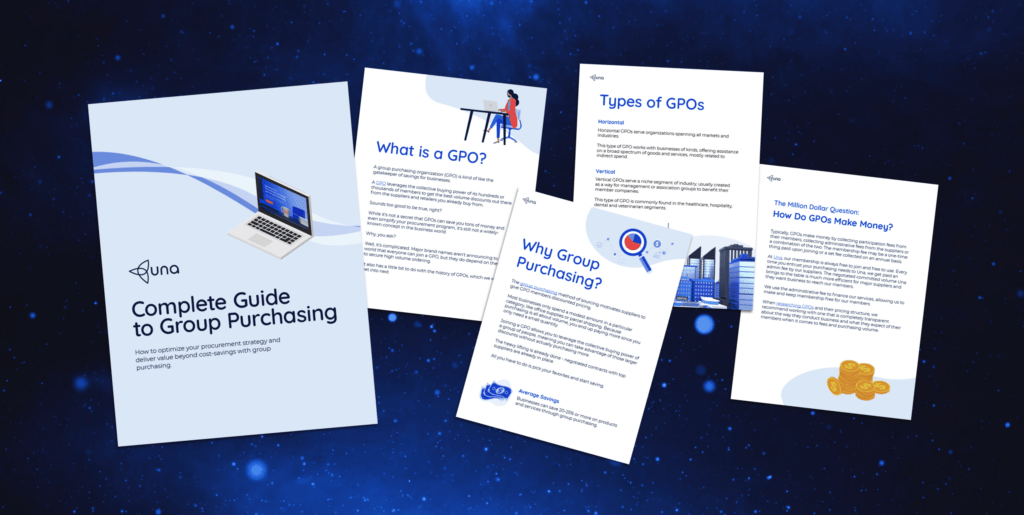In Alibaba’s post-IPO days, business analysts doubted whether the company’s stock value could reach US$150 billion in 2015. But it was closing in on a net worth of US$145 billion as of September. Alibaba’s founder, Jack Ma, rewrote our industry’s best practices. Ma knew he needed to do things differently to dethrone other big players. He understood it required a bold new strategy, an intimate familiarity with logistical processes, a trusting connection between supplier and customer and the technology to be mobile and on-demand. Don’t be afraid to operate differently, and your supply chain management operation could be the next great disruptor.
Learn how you can cut supply chain costs for free.





